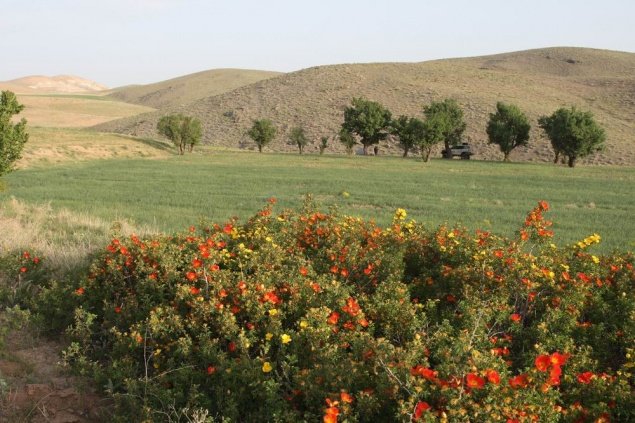|
|
Life In Iran
|
In 334 BC, Alexander the Great invaded the Achaemenid Empire, defeating the last Achaemenid Emperor Darius III at the Battle of Issus in 333 BC. He left the annexed territory in 328–327. In each of the former Achaemenid territories he installed his own officers as caretakers, which led to friction and ultimately to the partitioning of the former empire after Alexander's death, and the subsequent formation of the Seleucid Empire.
The Parthian Empire (238 BC–226 AD), led by the Arsacid Dynasty, was the third Iranian kingdom to dominate the Iranian plateau, after defeating the Greek Seleucid Empire, beginning in the late 3rd century BC, and intermittently controlled Mesopotamia between ca. 150 BC and 224 AD. This was the third native dynasty of ancient Iran and lasted five centuries. After the conquests of Media, Assyria, Babylonia and Elam, the Parthians had to organize their empire. The former elites of these countries were Greek, and the new rulers had to adapt to their customs if they wanted their rule to last. As a result, the cities retained their ancient rights and civil administrations remained more or less undisturbed.
Parthia was the arch-enemy of the Roman Empire in the east, limiting Rome's expansion beyond Cappadocia (central Anatolia). By using a heavily armed and armoured cataphract cavalry, and lightly armed but highly mobile mounted archers, the Parthians "held their own against Rome for almost 300 years". Rome's acclaimed general Mark Antony led a disastrous campaign against the Parthians in 36 BC, in which he lost 32,000 men. By the time of Roman emperor Augustus, Rome and Parthia were settling some of their differences through diplomacy. By this time, Parthia had acquired an assortment of golden eagles, the cherished standards of Rome's legions, captured from Mark Antony, and Crassus, who was defeated by General Surena in the Battle of Carrhae in 53 BC.
The end of the Parthian Empire came in 224 AD, when the empire was loosely organized and the last king was defeated by Ardashir I, one of the empire's vassals. Ardashir I then went on to create the Sassanid Empire. Soon he started reforming the country both economically and militarily. The Sassanids established an empire roughly within the frontiers achieved by the Achaemenids, referring to it as Erânshahr or Iranshahr, , "Dominion of the Iranians", (i.e. of Iranians), with their capital at Ctesiphon. Unlike the diadochic Seleucids and the succeeding Arsacids, who used a vassalary system, the Sassanids—like the Achaemenids—had a system of governors (MP: shahrab) personally appointed by the Emperor and directed by the central government. The Romans suffered repeated losses particularly by Ardashir I, Shapur I, and Shapur II. During their reign, Sassanid battles with the Roman Empire caused such pessimism in Rome that the historian Cassius Dio wrote:
|
|









